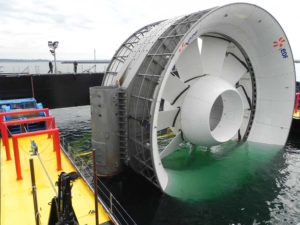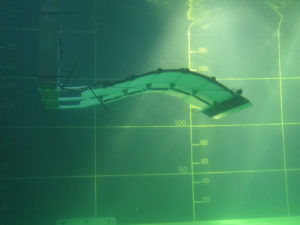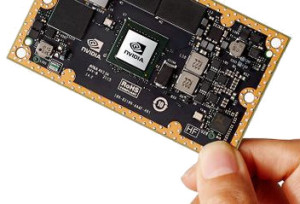Our renewable future: favoring the next disruptive technologies

We all agree on the necessity to switch to renewable energy sources. It will ensure energy security and climate change mitigation.
But a remaining question is to know what is the best power source option. There no good answer in that it really depends on several factors and even experts don’t share a common view.
The main factor to consider is certainly “where are you?”:
Some parts of the U.S. are windier than others, some are sunnier, and some have better access to hydroelectricity or geothermal resources…. You get the point. – Kate Gordon
It is in accordance with the increasing need of distributed energy (see here for the U.K.).
Distributed energy infrastructure requires the use of disruptive technologies that are able to locally enhance efficiency and energy storage.
The blockchain revolution
We are reaching some point where we will be required to pool resources. Not only to bring power to the developing world in a shared effort but also for optimizing energy distribution and allowing energy independency for both some legal entities at the top level and cities or districts at the lowest level.
Besides, the next electricity infrastructure will be far more resilient and be optimized in term of energy consumption. But the quest for energy optimization raised a concern about privacy. Smart meters are considered as a threat for privacy. GCHQ were forced to intervene because of insecure design. They are also pretty talkative: it is even possible to know what are your favorite TV shows.
Now, I’d like to say a few words on something new which have potential for revolutionizing the world.
I am convinced that blockchain is crucial for developing efficient locally distributed networks (see an initiative here). However, blockchain currently comes at a cost: it consumes a lot of power. But it could easily be tackled by well-optimized A.I. algorithms running on well-suited chips.
Besides the fact that research on every renewable energy sources should be favored to ensure resilience and adequate distribution, we have to develop better technologies, disruptive ones.
I will present you some initiatives that look promising.
Towards more efficient solar panels
First, Canadians have developed far more efficient solar panels using concentrators and efficient PV panels.
Secondly, Chinese people have developed solar panels that work 24/7 (at least if it rains).
These two technologies are destined for a bright future. Especially since PV prices will keep dropping.
Hydropower and wave power… are some competitive sources
Harnessing marine current through its kinetic energy looks promising since there are strong ocean currents.
A 2006 report from US department of Interior estimates that capturing just 1/1,000th of the available energy from the Gulf Stream would supply Florida with 35% of its electrical needs. – Wikipedia
EDF estimates that marine current power could generate up to 12,5 GW in Europe. It is equal to the energy that we can get from 14 nuclear reactors.
There are innovative open-flow devices just like this one were central rotor is the only moving part:
Credits: france info
It was invented by EDF and DCNS in France.
In order to both limiting impact on animals, sediments and plants & functioning even at low currents some initiatives were proposed. Like open-flow devices such as fish-friendly turbines in rivers.
I find this other one really interesting. It functions by converting the wave power and it is inspired by eels (an example of biomimetics) and is experimented in cooperation with ifremer… Its energy efficiency is really high and it works at low currents.
Credits: EEL energy
A better future?
As you may see there are plenty of disruptive technologies that can help us. Such technologies are more than necessary. They are of public interest. That is why both R&D and their use must be encouraged.
However technology is only a mean among many others. We also need a global awareness of the effets our habits have and public policies have an essential role to play.















